The ultimate guide to ceiling lights

When designing an interior space, you'll need to decide on many different things at once: wall colours, flooring, accent pieces, furniture — the list goes on. One aspect that sometimes falls under the radar is the ceiling lighting design, but it's arguably one of the most important of all. The lighting you choose influences not only your room's look but also its daily function.
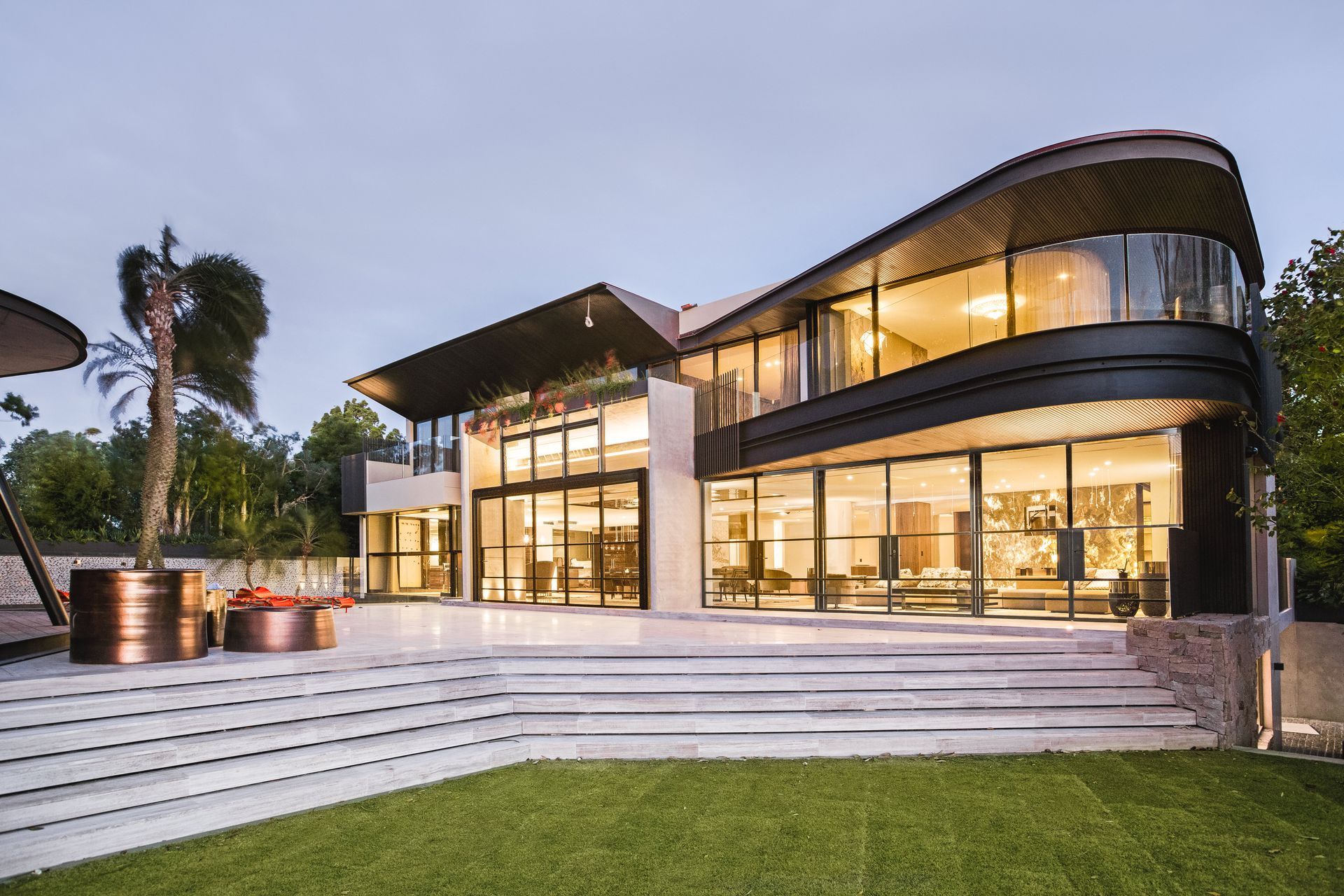
Different styles of lighting
Ceiling lights can perform several functions in a room, making them extremely versatile options for any homeowner. They can be used as ambient lights, accent lights or task lights, increasing the functionality of a space while enhancing its style.
Ambient lighting
Ambient lighting is often considered the most important type of lighting. This type of lighting provides illumination for the whole room without focusing on a specific area or item. Ambient lighting typically comes from the room’s central light fixture. Such examples include chandeliers or large pendant lights. They may also be a little more subtle in the form of multiple recessed lights, which are often more appropriate for spaces like kitchens. Whichever light fixtures you choose, you need to ensure you have enough wattage from your sources to illuminate the entire space.
Accent lighting
Accent lighting is a type of lighting used to highlight areas of your home that you want to draw attention to, whether that's a beautiful piece of décor, a piece of artwork, an architectural feature etc. They don’t have the same practical uses as other types of lighting but they can create a real impact, emphasising unique and beautiful features in a room. Accent lighting can be used around an entertainment centre or your kitchen cabinets to draw the eye. Some also use accent lights to show off a beautiful fireplace, photo portraits or a statement piece of furniture. Accent lights can even be placed around mirrors to add more clarity and sharpness to reflections.
Task lighting
The main role of task lighting is to focus on providing light for one specific area. For this reason, it is usually used in areas where you will be performing day-to-day tasks. This might include cooking, sewing, reading, writing, playing music, etc. Task lighting is sometimes done using a lamp, but not exclusively. Proper ceiling lighting can provide excellent task lighting while contributing to the overall ambient lighting in a room. However, they often have their own dedicated switches, so you can use them selectively when you need them.
Related article: Tips for great room lighting in your home
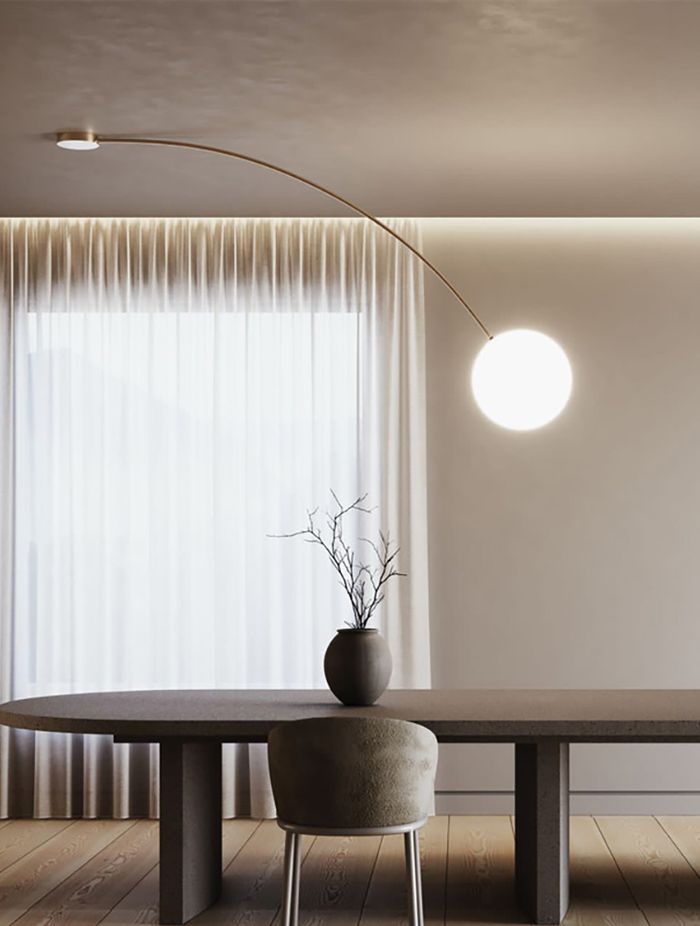
Types of ceiling lights
There are many different types of ceiling lights for you to choose from, many made for specific areas of the house. While some work well in specific situations, they may not be appropriate for others so it’s a good idea to be aware of what the differences are.
Related article: Types of ceiling lights: room lighting guide
Chandeliers
Chandeliers are a timeless addition to any interior, offering both illumination and a striking visual statement. These suspended fixtures come in various styles, from classic crystal designs to sleek, modern interpretations. Perfect for dining rooms, entryways, or living spaces, chandeliers can set the tone for elegance and sophistication. When selecting a chandelier, consider the scale of the room to ensure the fixture doesn't overwhelm the space or feel too small. Pairing it with a dimmer switch allows you to adjust the light level, adding flexibility to its decorative appeal.
Related article: Extraordinary chandelier lights for 2024
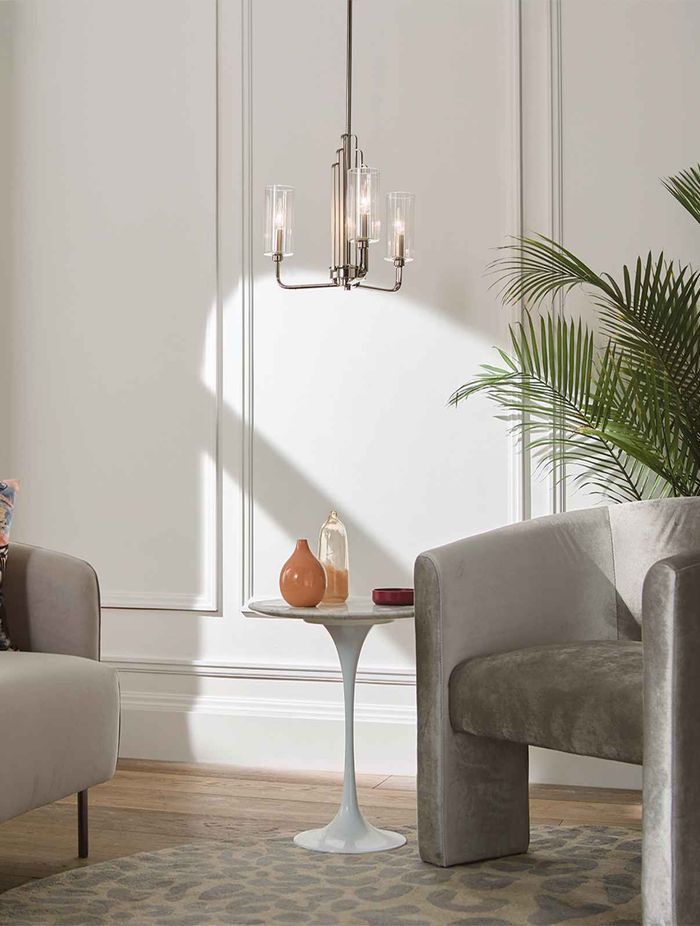
Downlights
Some types of light fixtures in the ceiling can serve a number of functions (like ambient and accent lighting). One of the most versatile options for doing this is downlights, which, as the name suggests, are lights that point downwards. These lights are usually recessed ceiling or wall lights and can be used in various ways. Downlights are a popular form of ambient lighting, especially in rooms that are aiming for a cleaner, more minimalist feel. They can also be used strategically as task lighting (more on this later) since you can place them over an area where work is being performed. Additionally, you can set them up as accent lighting for special pieces you want to draw attention to.
Related article: What are downlights? A guide to choosing the perfect LED solution
Flush mounts
Flush mounts are another popular form of lighting fixture. A flush mount light sits flush against the base of a ceiling instead of lights that hang like pendant lights. However, unlike recessed lighting, these fixtures do not extend into the ceiling for no-profile illumination. Flush mount fixtures can be as much a design statement as pendant lights, depending on the style you choose. Additionally, these lights work well in smaller spaces and rooms with low ceilings, which may otherwise be overwhelmed by a chandelier or pendant light. They tend to be minimalist in style, typically smaller and simpler, providing good light without drawing attention to themselves.
High bay lights
For spaces with high ceilings, typically above 3 metres, high bay lights are an excellent choice for industrial-style homes, lofts, or open-plan areas. These fixtures provide bright, uniform lighting that is both practical and visually striking. Available in various designs, from sleek LED models to more traditional shapes, high bay lights can complement a range of interior styles. Their ability to illuminate large areas efficiently makes them a standout option for kitchens, garages, or expansive living spaces where functionality is key without compromising on aesthetic appeal.
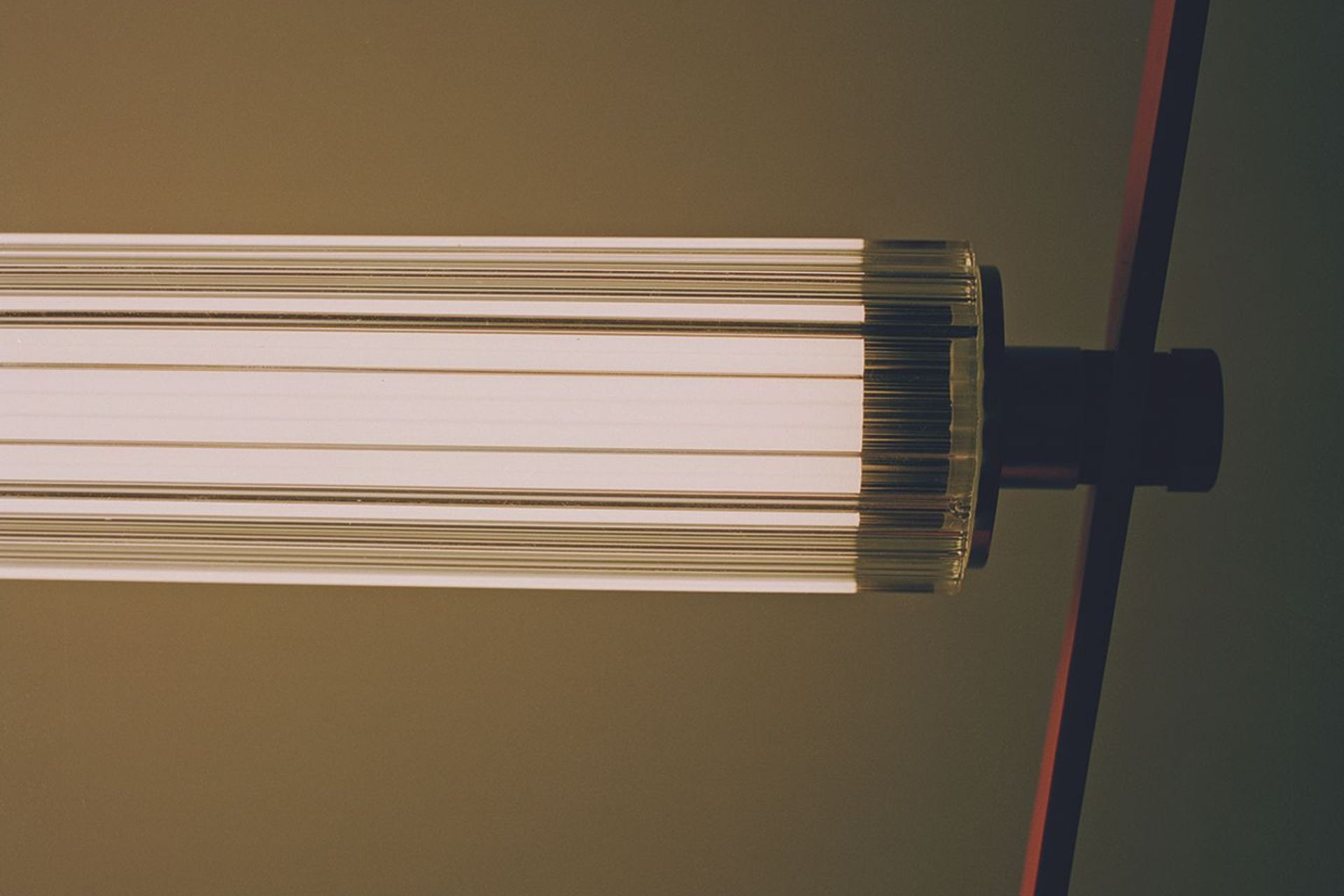
Linear lighting
A series of small lights (usually LED) fixed to a single continuous track is called linear lighting. These lights eliminate the dark spots that can usually happen between lights, providing a smooth wash of light on surfaces. These are often quite helpful under pelmets and benchtops. Linear lighting is not as common as other types of lighting and tends to give off a more modern feel, though this varies widely by the fixture style, type and colour of light you choose. Like track lighting, these lights run on the same circuit, turning on and off simultaneously. They are widely used under kitchen islands, bars, and other areas that need long, thin illumination bands.
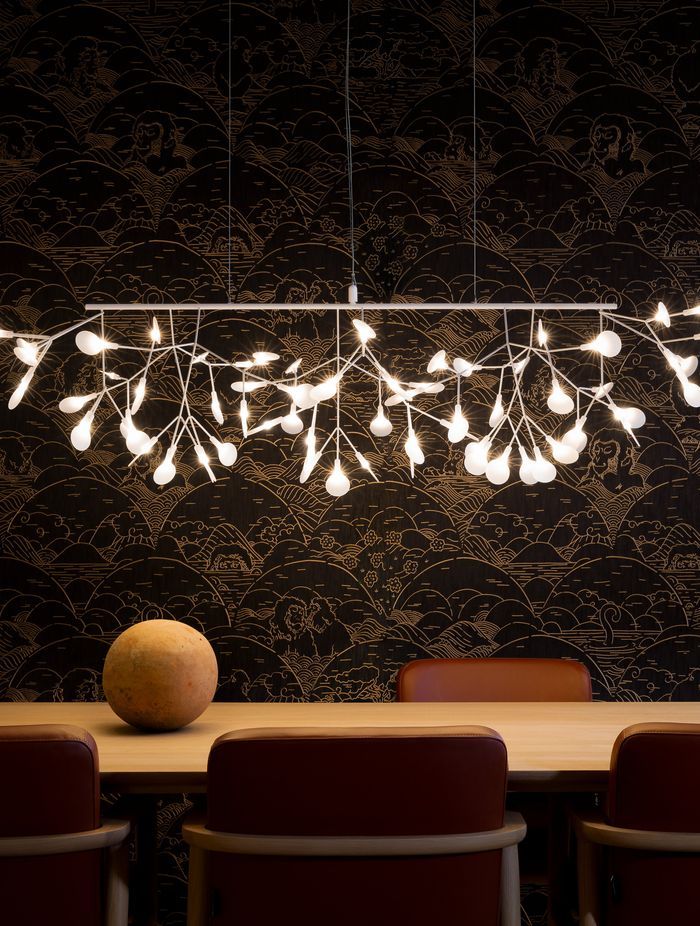
Pendant lights
Pendant lights are what most of us think of when we imagine a classic light fixture. They are fixtures that hang down from the ceiling on a chain or pole, providing strong ambient light for a room. There is a vast range of pendant lights to choose from in different shapes, sizes, and styles, which means you can achieve just about any look you want for the room in your home. Pendant lights are often stylish statement pieces that draw the eye, so they must be chosen carefully. You also need to consider the available space and the size of your pendant light in the context of the room. A small fixture may look lost in an enormous space, and a big fixture may make a small room feel cramped.
Related article: Modern pendant lighting choices for your home
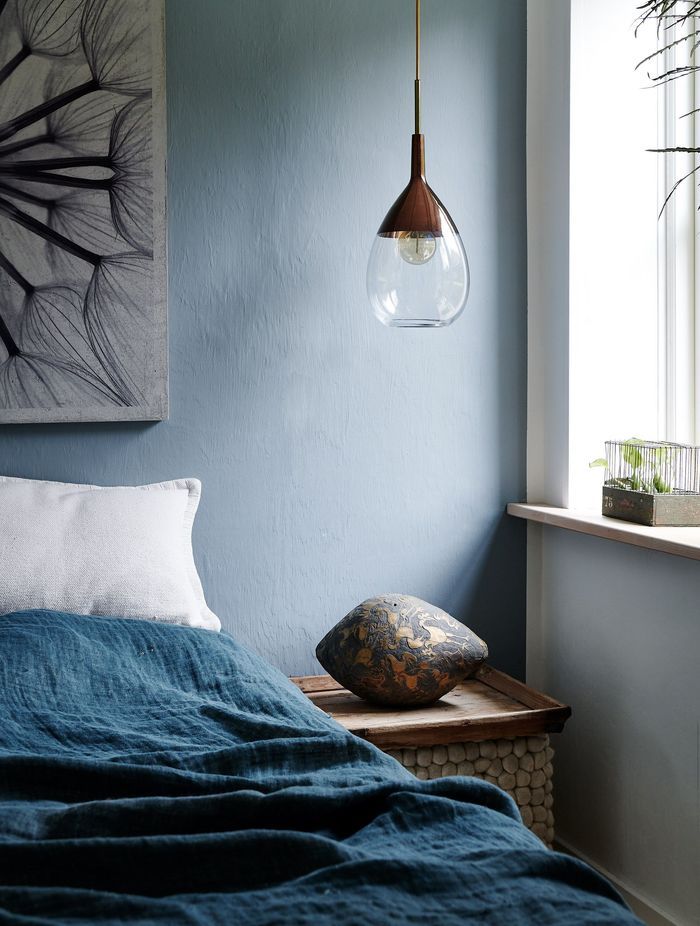
Spotlights
When you want to highlight something in a big way, spotlights are an ideal solution. These lights can be recessed or surface mounted. What makes them different to downlights is that they swivel so the path of the light can be adjusted. You can choose exactly where you want your illumination to be without the visual impact you get with track lighting. Spotlights are great for highlighting art pieces, framed photos or sculptures. They are a functional choice for accent lighting as well as task lighting. Moreover, spotlights can work as reading lights for your favourite spot in the evening where you like to relax.
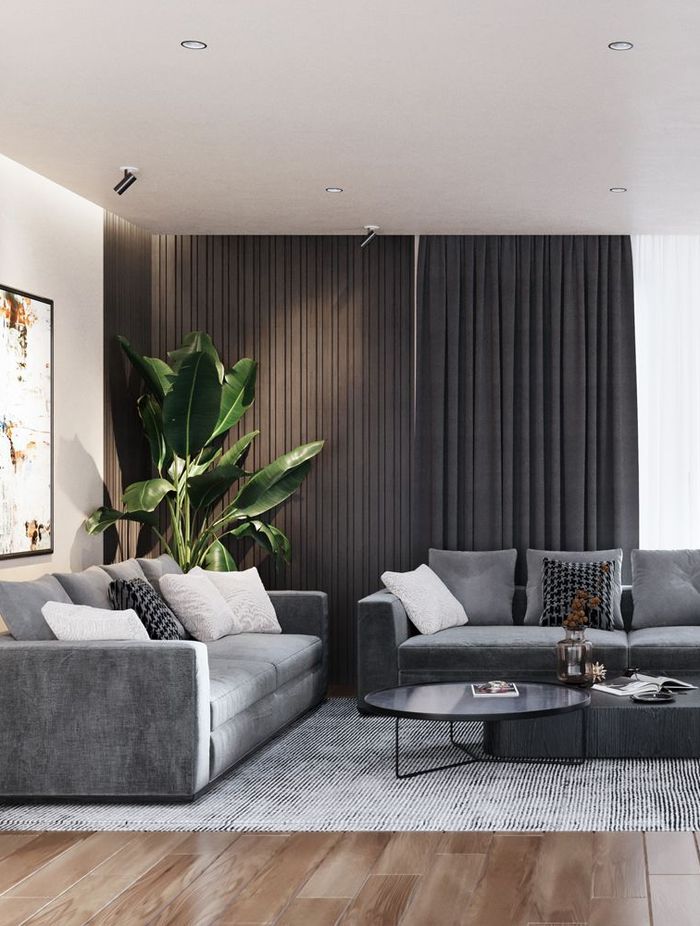
Track lights
Track lights are a fantastic option for great versatility when you need flexible task lighting or accent lighting. These lights are multidirectional and run along a track on your ceiling that can follow various paths. Tracks are usually in straight lines, but you can find more creative designs like wave patterns. They run on the same circuit, so they turn off and on altogether, making them a fantastic choice to highlight different areas effectively. Furthermore, track lights can also provide a somewhat flexible task lighting setup that allows for a more dynamic room arrangement.
Related article: What are track lights and how should I use them?

What type of ceiling light gives the most light?
No matter what lighting you choose, you’ll need to ensure that your chosen lights can illuminate your space. Running the proper wattage calculations helps ensure you do this correctly. This involves measuring the length and width of the space you're lighting and multiplying those numbers to get the total room area. Once you have your room area, multiply that by 25 to get the overall wattage required. From there, it's a matter of dividing it between the number of light fixtures in the room to achieve the right amount of lighting. Avoid going over the calculation using too many high-wattage light bulbs, as you'll find your room overblown with light, leaving your space looking harsh and stark.
Related article: Fantastic ceiling lighting Ideas for Australian homes
What type of bulb gives the best light?
Nowadays, no matter what light fixture you choose, using LED bulbs is always a good idea. They have great lifespans and are far more energy-efficient than incandescent or halogen alternatives. While they cost a little more upfront, you’ll easily make that money back over their lifespans. You can also use LED light strips as task, accent or even ambient lighting. Run a strip of LED lights on top of your kitchen cabinets for some amazing accent lighting, or run them under the cabinets for bright task lighting. Some people even run LED strip lights on top of rafters in open loft spaces, creating a brilliant effect of glowing light in the room.
Related article: LED lights: The definitive guide - FAQs, costs and more

Create the right lighting plan for your ceiling lights
Ceiling lights are among the most important things to consider when creating a lighting plan for your space. Lighting can help accentuate the feel and style of a room with minimalist, dramatic, elegant, or modern looks. So long as you know what environment you’re trying to create and what the different lights are capable of, you’ll be able to find the right lighting fixture for the job.
This article was updated on 6th December 2024
Browse high-quality ceiling lights from top Australian suppliers on ArchiPro
